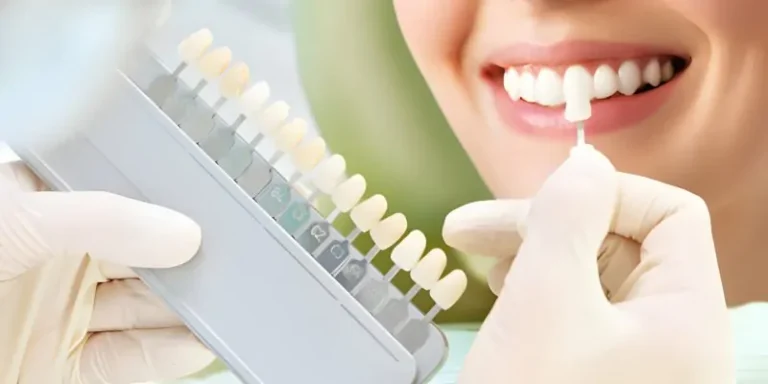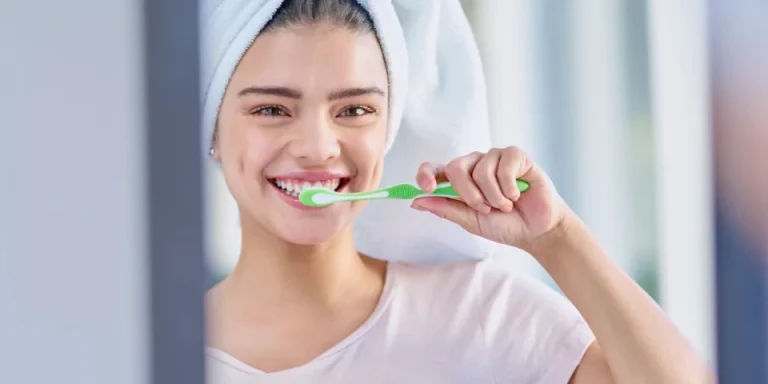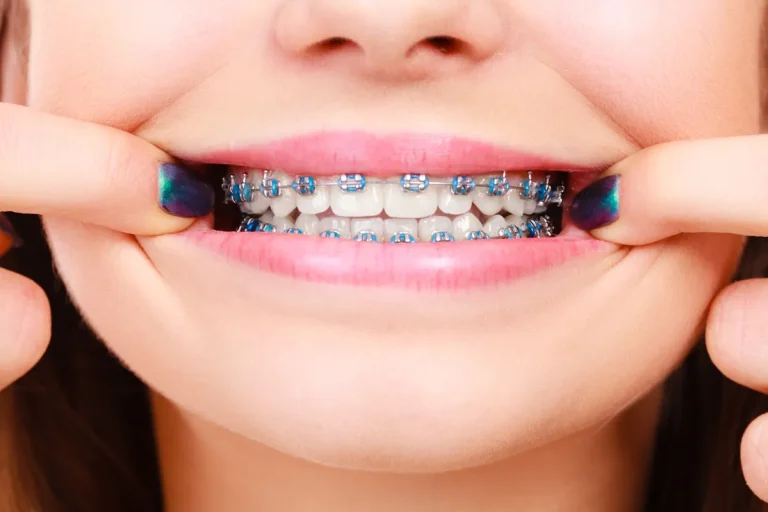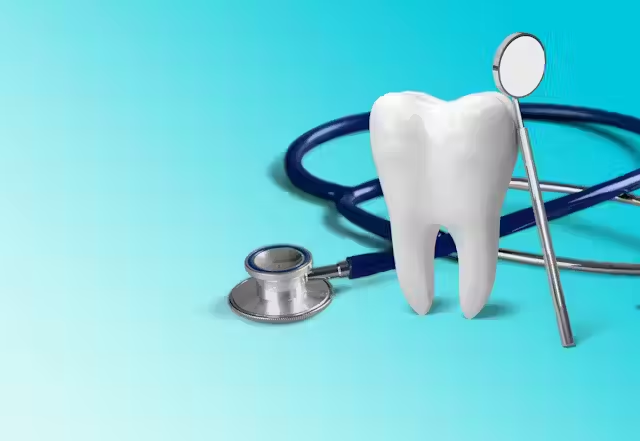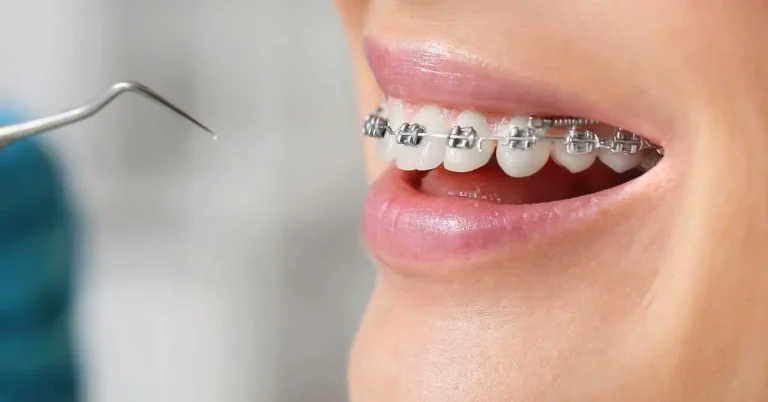Baby’s First Exposure to Microbes: The Role of Delivery Mode in Long-Term Oral Health
Did you know the way your baby enters the world could impact their oral health for life? It might sound surprising, but it’s true. From the very first moments after birth, your baby’s exposure to microbes—tiny organisms like bacteria—plays a huge role in shaping their immune system, gut health, and even the future of their gums and teeth.
Whether your baby is born via C-section or vaginal delivery, that initial microbial “handshake” sets the stage for their long-term health. And here’s the kicker: research suggests that babies born via C-section might miss out on some of the beneficial bacteria they’d normally get during a vaginal birth, which could have implications for their oral health down the road.
But don’t worry—this isn’t a doom-and-gloom story. In fact, it’s quite the opposite. By understanding how delivery mode influences your baby’s microbiome, you can take steps to foster a healthy microbial environment from day one. And trust us, your child’s future smile will thank you for it.
So, whether you’re a new parent, expecting, or just curious about the science behind it all, stick around. We’re diving into the fascinating connection between delivery mode, microbiome development, and long-term oral health. By the end of this, you’ll not only have a better understanding of why those first microbes matter—you’ll also have practical tips to help your little one thrive. Let’s get started!
How Delivery Mode Shapes a Baby’s Microbiome
When it comes to your baby’s first exposure to microbes, the way they enter the world plays a starring role. Think of it like this: during a vaginal birth, your baby is essentially introduced to a “starter kit” of bacteria as they pass through the birth canal. This isn’t just any old bacteria—it’s a carefully balanced mix of microbes that sets the stage for their immune system and, believe it or not, their future oral health.
On the flip side, babies born via C-section miss out on this microbial handshake. Instead of being exposed to the diverse bacteria from the birth canal, their first microbes often come from the hospital environment, the skin of caregivers, or even the air. While this isn’t inherently bad, it does mean their initial microbiome looks a little different—and that can have ripple effects down the road.
Here’s the kicker: those first microbes aren’t just hanging out for fun. They’re busy building the foundation for your baby’s gut health, immune system, and yes, even their gums and teeth. Studies show that babies born via C-section tend to have less diversity in their early microbiome, which has been linked to a higher risk of certain health issues later in life, including periodontal disease.
So, why does this matter? Well, a healthy microbiome isn’t just about avoiding tummy troubles—it’s about setting your child up for a lifetime of good health, starting with their smile. And while delivery mode is just one piece of the puzzle, it’s a big one.
Curious about how you can give your baby’s microbiome a boost, no matter how they were born? Stick around—we’ve got plenty of tips coming up.
The Long-Term Impact on Oral Health
Let’s fast-forward a few decades. That tiny baby who just entered the world is now an adult, and their oral health is front and center. But here’s the thing: the seeds of their periodontal health were planted way back during their first few moments of life.
Research has shown that the way a baby’s microbiome develops early on can have a lasting impact on their gums and teeth. For example, studies suggest that adults born via C-section may have a higher risk of developing periodontal disease compared to those born vaginally. Why? It all comes down to that initial microbial exposure—or lack thereof.
When a baby’s microbiome is less diverse from the start, it can affect how their immune system learns to respond to bacteria in the mouth. Over time, this might make them more susceptible to inflammation, gum disease, and other oral health issues. It’s like their immune system missed a crucial lesson in Bacteria 101, and now it’s playing catch-up.
But before you start worrying, let’s put this into perspective. Delivery mode is just one factor in a much bigger picture. Genetics, diet, oral hygiene habits, and even stress levels all play a role in shaping long-term oral health. The good news? There’s plenty you can do to help your child’s microbiome thrive, no matter how they were born.
Think of it like building a house. The delivery mode might lay the foundation, but you’ve got the tools to reinforce it and make it rock-solid. And trust us, your child’s future smile will thank you.
Up next, we’ll dive into practical tips for fostering a healthy microbial environment from day one—because every baby deserves the best start, no matter how they make their grand entrance.
What Parents Can Do to Foster a Healthy Microbial Environment
So, your baby’s microbiome is like a garden, and you’re the gardener. Whether they were born via C-section or vaginally, there are plenty of ways to help those microbial seeds grow into a thriving, healthy ecosystem. Here’s the lowdown on how to get started:
For Parents of C-Section Babies:
- Skin-to-Skin Contact: This isn’t just a cozy bonding moment—it’s a chance to transfer beneficial bacteria from your skin to your baby. Think of it as a natural probiotic boost.
- Probiotic Supplements: Some pediatricians recommend specific probiotic drops designed for infants to help diversify their microbiome. Always check with your doctor before starting any supplements.
- Breastfeeding: Breast milk is like a superfood for your baby’s microbiome. It contains prebiotics (food for good bacteria) and probiotics that help build a balanced microbial community.
For All Parents:
- Start Oral Hygiene Early: Even before those first teeth pop up, gently wipe your baby’s gums with a clean, damp cloth to keep bacteria in check. Once teeth appear, switch to a soft-bristled baby toothbrush.
- Limit Antibiotics: While antibiotics can be lifesavers, overuse can disrupt your baby’s microbiome. Only use them when absolutely necessary and as prescribed by your pediatrician.
- Introduce Solid Foods Wisely: When it’s time to start solids, opt for a variety of nutrient-rich foods. Fermented foods like yogurt (for older babies) can also support a healthy gut and oral microbiome.
Real-Life Tip: One mom we spoke to shared how she incorporated skin-to-skin time and breastfeeding into her routine after her C-section. By her baby’s first dental visit, the pediatric dentist remarked on how healthy her little one’s gums looked—proof that small steps can make a big difference.
Remember, you don’t have to be perfect. Just being mindful of these practices can go a long way in setting your child up for a lifetime of good oral health.
Coming up, we’ll tackle some common questions and concerns you might have—because let’s face it, parenting is full of “what ifs” and “how comes.” Stick around!
Addressing Common Concerns and Questions
Let’s face it—when it comes to your baby’s health, it’s normal to have a million questions. And when you throw terms like “microbiome” and “periodontal health” into the mix, things can feel a little overwhelming. So, let’s break it down and tackle some of the most common concerns parents have.
1. Can I “Fix” My Baby’s Microbiome If They Were Born via C-Section?
Absolutely! While delivery mode sets the initial stage, it’s not the end of the story. By incorporating practices like skin-to-skin contact, breastfeeding, and probiotics (if recommended by your pediatrician), you can help diversify your baby’s microbiome over time. Think of it as giving their microbial garden a little extra TLC.
2. How Soon Should I Start Thinking About My Baby’s Oral Health?
The sooner, the better! Even before those first teeth make their debut, you can start by gently wiping your baby’s gums with a clean, damp cloth. Once teeth appear, introduce a soft-bristled baby toothbrush and a smear of fluoride toothpaste (about the size of a grain of rice). Early habits set the tone for a lifetime of healthy smiles.
3. Are There Signs I Should Watch for as My Child Grows?
Great question! Keep an eye out for red or swollen gums, bad breath, or white spots on teeth, as these can be early signs of oral health issues. Regular dental check-ups are also key—most dentists recommend scheduling your child’s first visit by their first birthday or within six months of their first tooth appearing.
4. What If I Couldn’t Breastfeed?
No guilt allowed here! While breastfeeding is a fantastic way to support your baby’s microbiome, it’s not the only way. If you used formula, that’s perfectly okay. You can still promote a healthy microbiome through skin-to-skin contact, a balanced diet as they grow, and good oral hygiene practices.
5. Is It Too Late to Make a Difference If My Child Is Older?
Not at all! While the early years are crucial, it’s never too late to support your child’s oral and overall health. Encourage a balanced diet, limit sugary snacks, and make brushing and flossing a fun, daily habit. Every little bit helps.
Parenting is all about doing your best with the information you have. And the fact that you’re reading this means you’re already on the right track.
Now, let’s wrap this up with some final thoughts and a call to action that’ll leave you feeling empowered and ready to take the next step.
Conclusion
When it comes to your baby’s health, the little things often make the biggest difference. From the way they enter the world to the care you provide in those early days, every choice plays a role in shaping their future—especially when it comes to their oral health.
While delivery mode sets the stage for your baby’s first exposure to microbes, it’s just one piece of the puzzle. By taking proactive steps like skin-to-skin contact, breastfeeding (if possible), and establishing good oral hygiene habits early on, you’re giving your child the best possible start. And even if things didn’t go exactly as planned—say, a C-section or challenges with breastfeeding—know that there are always ways to support your baby’s microbiome and set them up for a lifetime of healthy smiles.
So, what’s the next step? If you haven’t already, consider scheduling your child’s first dental visit. A pediatric dentist can provide personalized guidance and ensure your little one’s oral health is on the right track. After all, a healthy smile isn’t just about teeth—it’s about laying the foundation for overall well-being.
Remember, you’re not just raising a baby; you’re raising a future adult. And with the right care today, you’re giving them the gift of a healthier tomorrow. So go ahead, take that next step—your child’s smile will thank you for it.
FAQs
Q: Why is a baby’s first exposure to microbes important?
A: This initial exposure helps establish the baby’s oral microbiome, which plays a vital role in their immune system development and long-term oral health.
Q: How does the delivery mode (vaginal vs. C-section) affect a baby’s initial microbial exposure?
A: Vaginally born babies are exposed to their mother’s vaginal and gut microbiota during birth, while babies born via C-section are primarily exposed to microbes from the hospital environment and their mother’s skin.
Q: What are the potential differences in the oral microbiome between babies born vaginally and those born via C-section?
A: Vaginally born babies tend to have a more diverse and balanced initial oral microbiome, which may offer advantages for immune system development and oral health. C-section babies may have a less diverse microbiome initially.
Q: Can a less diverse initial oral microbiome affect a child’s oral health later in life?
A: Potentially, yes. Some studies suggest a link between a less diverse early microbiome and a higher risk of certain oral health issues, such as cavities, later in childhood.
Q: Are there ways to help “seed” the oral microbiome of babies born via C-section?
A: Some studies explore the potential benefits of swabbing the baby’s mouth with the mother’s vaginal microbes after a C-section (vaginal seeding). However, this practice is controversial and not widely recommended due to safety concerns. Consult your doctor.
Q: What role does breastfeeding play in establishing a healthy oral microbiome?
A: Breast milk contains beneficial bacteria and prebiotics that promote the growth of a healthy oral microbiome in infants, regardless of delivery method.
Q: How does formula feeding compare to breastfeeding in terms of its impact on the oral microbiome?
A: While formula provides nutrition, it doesn’t offer the same microbial benefits as breast milk. However, some formulas are now supplemented with prebiotics to promote a healthier gut and oral microbiome.
Q: What other factors, besides delivery mode and feeding, influence a baby’s oral microbiome?
A: Genetics, environment, exposure to antibiotics, and hygiene practices all play a role in shaping a baby’s oral microbiome.
Q: When should I start cleaning my baby’s gums and teeth?
A: Start cleaning your baby’s gums with a soft, damp cloth even before their teeth erupt. Once the first tooth appears, use a soft-bristled infant toothbrush.
Q: Are probiotics beneficial for infant oral health?
A: Some studies suggest that probiotics may help promote a healthy oral microbiome and reduce the risk of certain oral health issues in infants. However, more research is needed, and you should consult your pediatrician or dentist before giving probiotics to your baby.


